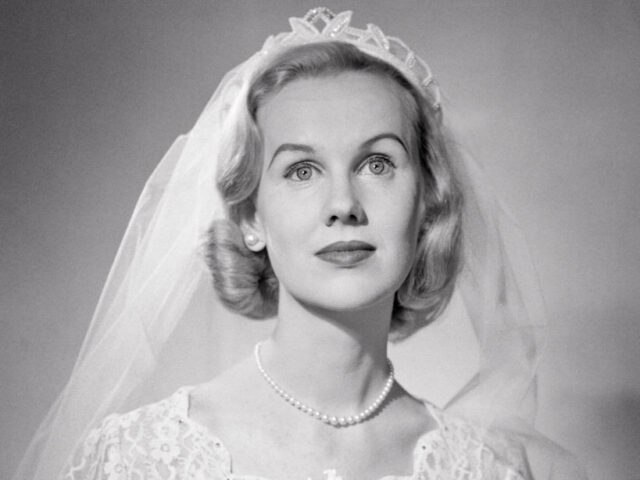In a statement borne out by government statistics that would have perhaps seemed unlikely in past times, the latest figures reveals that women are now slightly more likely to get divorced than men.
While five years ago men and women were getting divorced at statistically the same rate, it is possible the introduction of legal divorce for gay couples may have had a small impact on this relationship.
Revealing the bizarre disparity in a release of statistics related to divorce in United Kingdom home nations England and Wales, the government’s Office for National Statistics (ONS) noted that figures for same-sex divorces have only been collected in recent history after gay marriage became legal in 2014. “Since the first same-sex divorces in 2015, when there were 22 divorces, the number has increased year on year”, the body relates.
Five years ago in 2017 the divorce rate was 8.4 per 1,000 married people in the population for both men and women. For the past two years, however, there has been a divergence in these figures, with divorces rising to 9.3 per 1,000 for men, and 9.4 for women.
Not much of a divergence, perhaps, but one that may in part be a function of a particular differential in divorce rates illustrated by other figures from the same ONS statistical release, that lesbian couples appear to be divorcing in much greater numbers than marriages of gay men.
Indeed, 67.2 per cent of same-sex marriage divorces last year were between women, meaning women are divorcing women at a rate of two-to-one against men divorcing men. The gap was even more pronounced the year before, when nearly three-quarters of same-sex divorces were female, all sad news for those tying the knot in England and Wales.
Nevertheless, same-sex divorces make up a very small proportion of divorces in England and Wales, perhaps not surprisingly given how few such marriages there are.
While divorce rates have risen sharply in the past couple of years, the ONS notes this may be a temporary spike fed by covid and processing delays meaning very low rates of divorces actually being completed in 2018 and being carried over to 2019 with a considerable spike. Indeed, the past few years do appear to buck a longer-term trend of divorce rates falling since the end of the 20th century.
One useful way the ONS illustrates the changing longevity of marriage over history is the cumulative percentage of marriages ending in divorce.
The visual shows marriages rarely failed in the 1960s, with just one-in-ten marriages ending in divorce by the tenth wedding anniversary for those married in 1965. Decades later, that had soared to a quarter of all marriages started in 1995 failing by their tenth anniversary.
That has fallen since, perhaps reflecting a trend of those who do get married taking their relationships more seriously. The last married cohort that have had enough time to know whether their relationships last ten years or not, the 2005 group, are closer to 1970s lows than 1990s highs.
And the fall in divorces appears to be continuing. While people married in 2015 have only now been together six years, so far the trend line for divorces is the lowest of any time since the 1960s so far.
None of this changes the fact very few people actually get married in the 21st century, however. With the latest statistical release on marriage from the ONS last year, the bureau noted that “Marriage rates for opposite-sex couples have fallen to their lowest on record since 1862.”

COMMENTS
Please let us know if you're having issues with commenting.